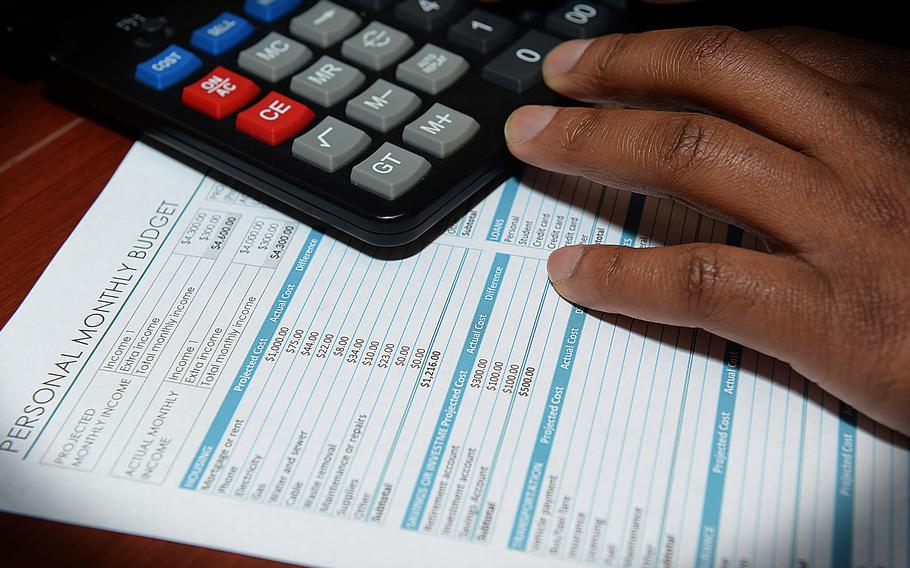
Sailors living in high cost areas will see increases as high as $1,260 to their basic housing allowances in October, according to Navy officials. In September, Defense Secretary Lloyd Austin promised financial help with sharp increases in living costs, such as housing, food and child care. (Teresa Cleveland/U.S. Air Force)
WASHINGTON — Troops stationed outside the contiguous United States will see two periods of decreases in their overseas cost-of-living allowance beginning May 15, the Defense Department announced Tuesday.
The overseas cost-of-living allowance, or OCOLA, is a program for service members assigned to foreign countries or outside of the contiguous United States to offset overseas prices for goods and services such as groceries and clothing. This program does not address housing or utilities. More than 230,000 service members receive OCOLA, defense officials said.
When OCOLA rates started to fall in 2022, the department slowed the rate of decreases to help service members and their families, the officials said.
In December, Defense Secretary Lloyd Austin put a 90-day pause on OCOLA decreases so Pentagon officials could determine the next steps. Congress imposed further restrictions on limiting the reduction of OCOLA rates to once every six months as part of the National Defense Authorization Act, an annual bill that lays out Pentagon priorities.
So, decreases will begin May 15 and take place again Nov. 15. Those will be reflected in service members' pay June 1 and Dec. 1, defense officials said.
“We have been holding the decreases,” said a defense official who spoke on condition of anonymity. “That’s why when we talk about May 15, much of what we are doing are decreases. That is only because most of the increases have been implemented and members have already been benefiting from that.”
There might be some changes in military communities in Europe and Australia, but most of these initial decreases will be seen in places such as Hawaii, Guam, Japan and several others in the Indo-Pacific region. That is, in part, because the department took a pause on decreases in the region in the fall to address other places such as Germany, defense officials said.
“What we are seeing in the Indo-PACOM is a natural next step to making sure we are ensuring parity across all the theaters,” the defense official said.
In January, troops received a 4.6% pay increase and an 11.2% increase in their basic allowance.
“Most service members will still have a higher take home pay. We do believe our regular compensation pay is strong,” the defense official said.